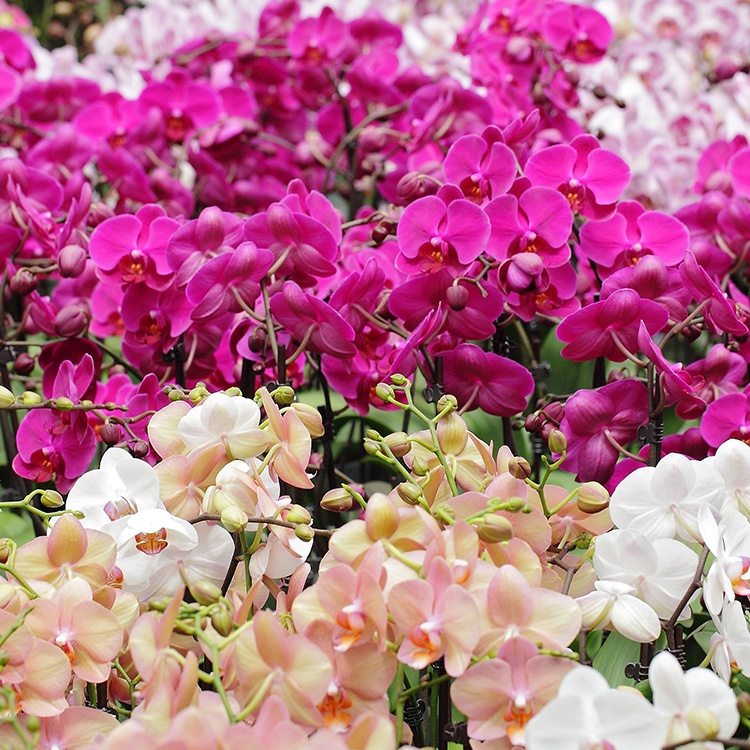
Figure out which mood color is best for you with these five facts about colors and moods.
We’re surrounded by color every day—from the natural colors of the world around us, to the colors we choose to incorporate in our home and personal style. You probably come across hundreds and hundreds of color variations each day, but the colors you spend the most time around may be having a greater impact on your mood than you realize.
That’s why it’s important to choose the colors in your home intentionally. So before you paint a big accent wall or commit to a specific couch color, consider these five interesting facts about color and mood.
1. Colors have a psychological value
While this can vary depending on your personal experiences and associations with a color, there are also specific “traits” of colors that may be having a very real impact on your mood. Before choosing to incorporate a color significantly in your home, take a moment to think about how looking at the color for an extended period of time makes you feel.
2. Colors can affect energy and blood pressure
Beyond your emotional state, colors can impact your physical well-being. Studies have shown that an intense red color can actually speed up your heart rate and raise your blood pressure, while blue is calming and can actually reduce these reactions.
3. Some colors are only good in small doses
Although yellow is widely considered a color that helps your mood, it’s not recommended as a main color scheme. Studies have shown that rooms with too much yellow may actually cause people to lose their tempers more easily.
4. Shades matter
The depth and darkness of a color can impact how it is received. For instance, dark purple can cause a more dramatic reaction, whereas light purple is considered relaxing—making it a good choice for a bedroom.
5. When in doubt, start with neutrals
Neutral colors like tans, grays and whites aren’t just neutral for a color scheme—they also tend to have a neutral effect on your mood. Starting with a neutral base and adding in color to liven up a room and evoke certain emotions may be a good place to start.
Once you’ve considered carefully how different colors affect your mood—and studied the research on color psychology—you can begin thinking about combining colors to create the atmosphere you want in a room. Here are a few quick tips:
One thing’s for sure: The colors you choose should make you feel at home. Trust your instincts and don’t be afraid to take a few risks during the process of discovering your individual style.

Copyright Just Add Ice® Orchids 2023